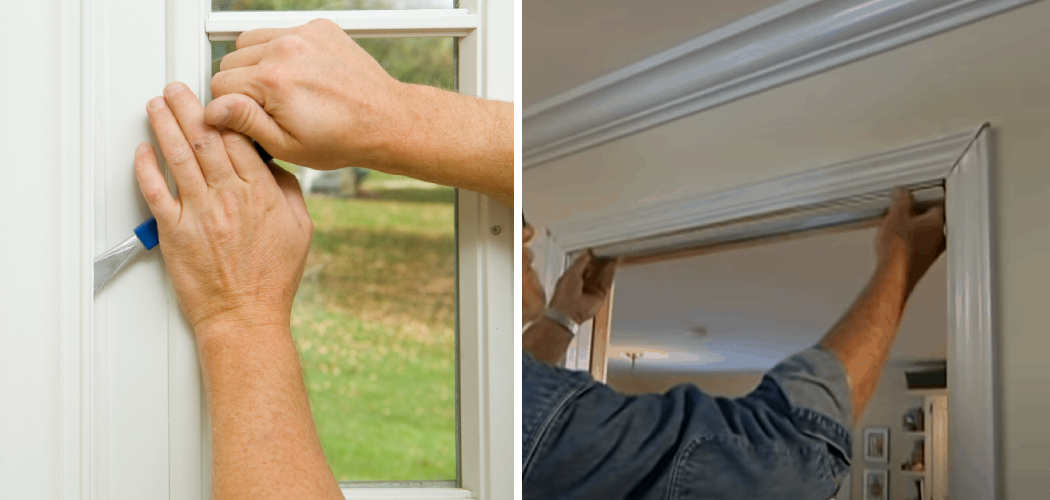Removing a pocket door without removing the molding can save you time, effort, and money. Removing the molding is not only tedious but also expensive. It requires specialized tools such as a chisel and hammer to remove it properly. However, with some patience and careful planning, you can easily remove your pocket door without removing any moldings.

Removing a pocket door without removing the molding can save time and money, as you won’t have to remove all trim pieces. Additionally, getting access to the pocket door with less disruption may be easier.
You will also be able to avoid damages that may occur when you are removing trim or moldings from your walls. In this blog post, You will learn in detail how to remove pocket door without removing molding.
Step by Step Processes for How to Remove Pocket Door Without Removing Molding
Step 1: Inspect the Area
Take a close look at the pocket door and its surrounding area. Look for signs of potential damage or any areas that could pose difficulty during removal. This includes checking to see if there is molding around the pocket door as well.
Step 2: Shut Off Power/Disconnect Wiring
Power off all electrical sources in the area and ensure the pocket door is disconnected from the wiring. This includes disconnecting wires connected to light switches, outlets, and other electrical devices near the pocket door.
Remove the door handle and trim with a screwdriver or drill if applicable. You may need to detach the latch or strike plate depending on the type of door knob.
Step 3: Unscrew the Pocket Door Track
Unscrew the pocket door tracks from the wall using a screwdriver. Ensure you are careful when unscrewing these screws, as they may be loose or rusted over time. Once the pocket door tracks are removed, you can lift the pocket door out from its frame. Take caution when lifting, and have someone help you if necessary.
Step 4: Secure The Pocket Door To A Workbench
If possible, secure the pocket door to a workbench by affixing it with screws or fasteners. This will help ensure that the pocket door does not move when working on it. Carefully detach any nails or screws securing the trim or molding around the pocket door frame. Make sure you know which parts of the pocket door frame are attached by nails or screws before attempting to remove them.
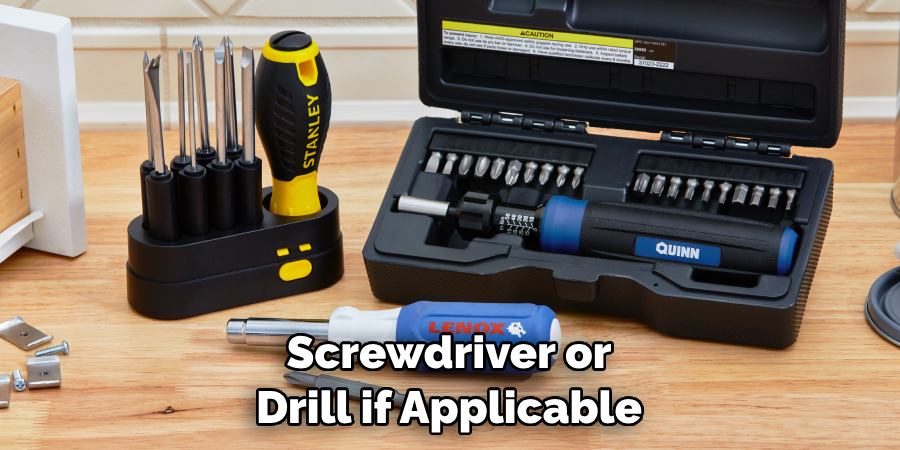
Step 5: Secure Molding To Workbench
If possible, secure the trim or molding to a workbench with clamps or other fasteners. This will ensure that it does not move when you are working on it and help to prevent any damage from occurring while you are working.
Sand down rough edges or surfaces on the pocket door and molding using sandpaper or a power sander. Once satisfied with the results, finish the pocket door and molding by applying paint, stain, lacquer, or other finishing materials.
Step 6: Reinstall Pocket Door & Molding
Once you have sanded and finished the pocket door and molding, reattach them to the wall. Ensure all screws or nails are firmly in place before testing out the pocket door. With these steps, you should now know how to remove a pocket door without removing molding.
Tips for How to Remove Pocket Door Without Removing Molding
- Wear protective clothing such as work gloves, safety glasses and a dust mask or face shield when working with wood, metal, and other materials.
- Make sure the area is well-ventilated to minimize exposure to airborne particles.
- Clear any furniture or items from the path of your project before you begin so you can safely move around without obstructions.
- Always use sharp tools to ensure a clean cut and a better finish.
- Have someone nearby call for help if you need it in an emergency or injury.
- Disconnect the power source before beginning any electricity project, such as removing pocket door tracks. This is especially important when working with older homes.
When it comes to removing pocket doors without molding, the process is easier if you have some basic knowledge about tools and construction. Start by disengaging the door from its tracks and then remove the slides, brackets, screws, and nuts holding it.
Is There Any Way to Avoid Damaging the Surrounding Walls or Trim While Removing the Pocket Door?
Yes, there are a few tips and tricks to help you avoid damaging your walls or trim while removing the pocket door.

- Always begin by unhinging the sliding door from its track first. This will prevent it from falling and causing damage when you attempt to lift it up and out of the way.
- Use a pry bar or putty knife to remove the trim and molding around the door carefully, if possible. This will make getting the pocket door out easier without damaging the existing trim.
- If you cannot move the trim or molding, you may have to cut a hole into your wall to access the opening for removal. Use a reciprocating or jig saw to cut carefully.
- Once you have access to the pocket door, it should be easy to pull it out without damaging anything, as long as you take extra care and preparations beforehand.
- Use a sledgehammer or large hammer to gently tap away at the door frame until it becomes loose enough to remove.
- Once the pocket door is out, you must patch and paint the wall or trim to make it look even with the other walls.
- Lastly, clean up any mess made throughout the process and dispose of any debris properly.
Following these simple steps will ensure that you can remove your pocket door without causing any damage to your walls or trim. Safety should always come first when working with tools and home improvement projects.
How Can You Prevent Damage to the Pocket Door Itself During Removal?
When removing a pocket door, preventing any potential damage is important. One way of avoiding damage is carefully disconnecting the track and rollers from the wall before attempting removal. Additionally, you can use padding or other protective materials during the process to keep your pocket door safe from scratching or denting.
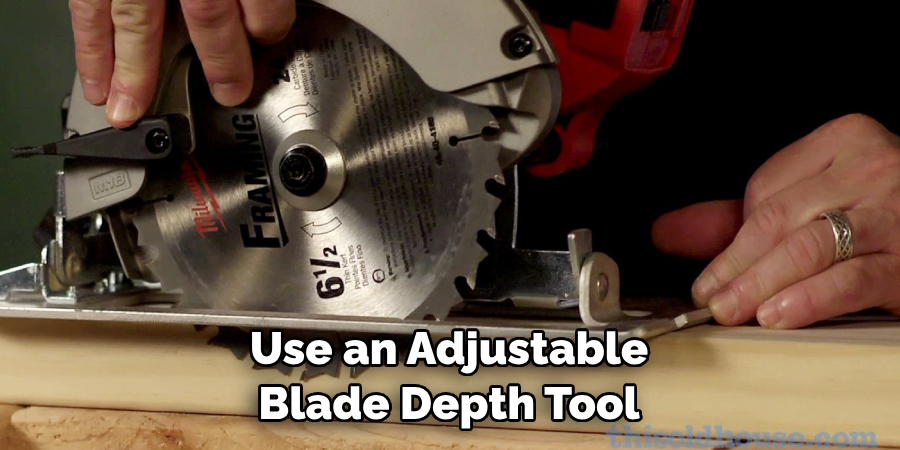
You should also avoid using tools that could cause damage, such as a hammer or screwdriver. Lastly, if you need to separate the door from the frame to access the track and rollers, do so gently with minimal force. Following these steps can help you safely remove your pocket door without damaging it.
What Are Some Ways to Make Sure That the Molding Around the Door Is Left Undamaged?
One of the most important considerations when removing a pocket door without removing molding is to protect it from damage. There are several ways to ensure that this happens, such as:
- We use an adjustable blade depth tool to avoid gouging or cutting into the molding.
- We are working slowly and carefully so as not to apply too much force.
- Ensure the door is always properly supported to avoid any unnecessary strain on the molding.
- I am looking for the screws that secure and unscrew the door slowly.
- I use a putty knife or other thin tool to pry open gaps between the door and frame gently, taking care not to chip away at the wood.
- I am removing trim pieces or nails to free the door from the frame.
- She was loosening and sliding out the door in one piece rather than trying to lift it off.
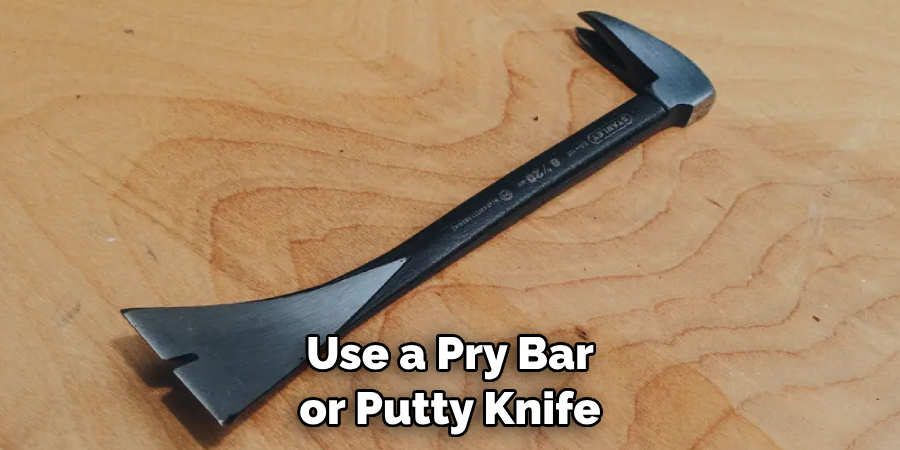
By taking the right precautions, you can ensure that your pocket door is removed without causing any damage to the molding around it. This will help keep your home looking great and prevent you from having to repair or replace the molding.
Are There Any Specific Techniques That Will Help to Protect the Surrounding Walls While Removing the Pocket Door?
Yes, a few techniques can help protect the walls while removing a pocket door. The first is to ensure you have plenty of support for the surrounding walls and trim before removing the door. This means using shims or wood blocks on either side of the frame to give it extra stability. Additionally, score around the door’s perimeter with a utility knife to loosen the caulking before attempting to remove it.
Finally, use a pry bar or flathead screwdriver when removing the door so you don’t damage other wall parts and trim. With these steps in place, you should be able to remove your pocket door without damaging any surrounding walls and moldings.
Is It Better to Hire a Professional for the Removal and Installation of the Pocket Door, or Can You Handle It on Your Own?
When removing a pocket door, you have two options: tackling the job yourself or hiring a professional. If you’re an experienced DIYer, you can handle the removal and installation of a pocket door by following these steps:
- Start by removing the molding from the top and bottom of the doorway.
- Next, remove the pocket door frame from its recess or track by loosening the screw and bolts at each side.
- Disconnect the screws in the pocket door’s center to release it from the wall.
- Carefully pull out any remaining nails and debris from inside the doorway before cleaning up any dust and dirt particles that may have been left behind.
If you need more confidence in your DIY skills, it’s best to contact a professional who can handle the removal and installation of the pocket door for you. They have the right tools and expertise to remove your pocket door safely, with minimal disruption to your home or workspace.
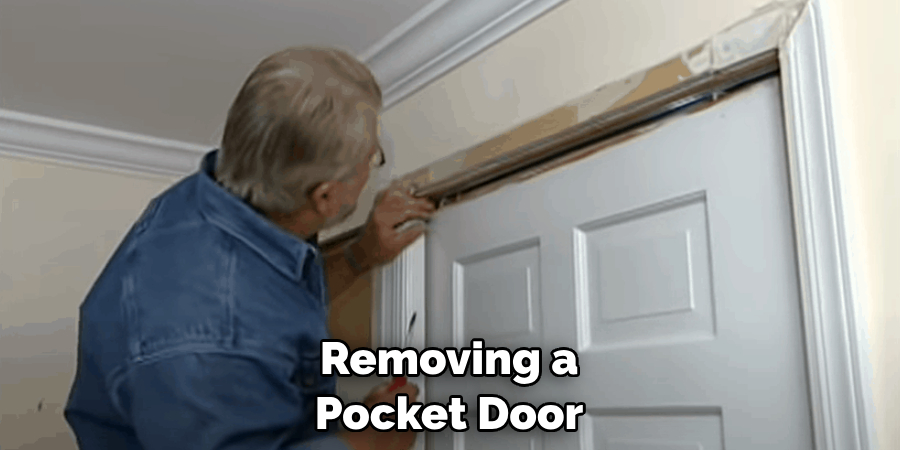
Conclusion
Although this is a relatively easy job, it can be quite time-consuming. If you are not careful and precise, you may damage the pocket door or molding when attempting to remove them. Also, if there is any damage to the pocket door or molding while removing them, it could be difficult to repair without professional help.
In conclusion, removing a pocket door without removing the molding is possible. However, it is important to take precautions to avoid any damage that could be done to the frame or wall. It’s best to consult with an experienced professional if unsure how to proceed.
With some patience and precision, you can remove your pocket door in no time. I hope reading this post has helped you learn how to remove pocket door without removing molding. Make sure the safety precautions are carried out in the order listed.
